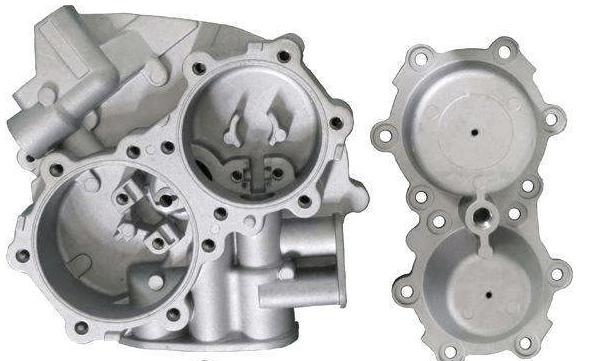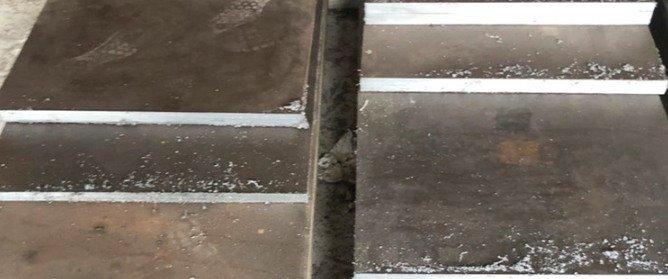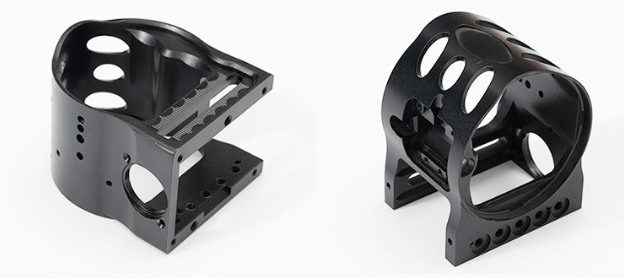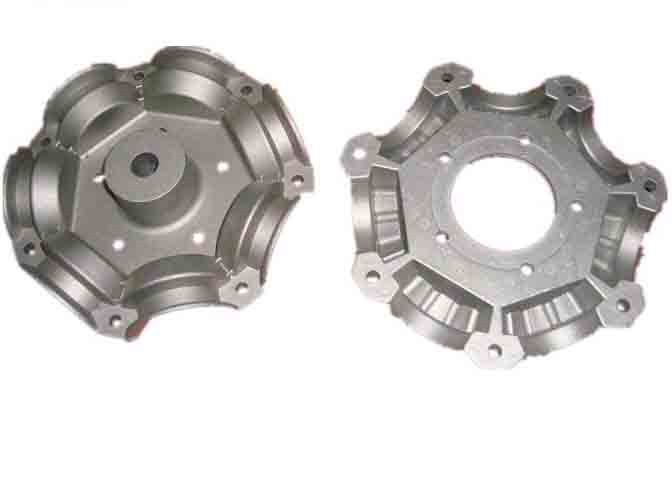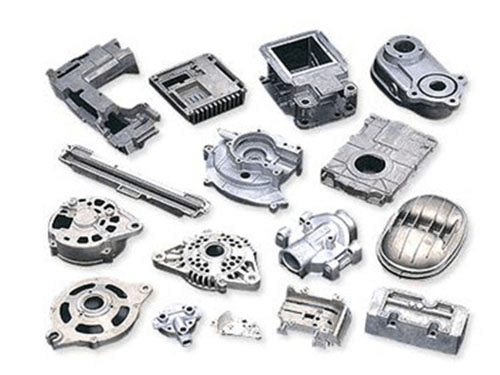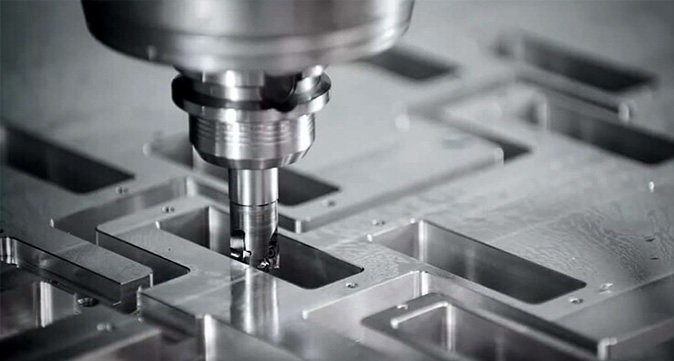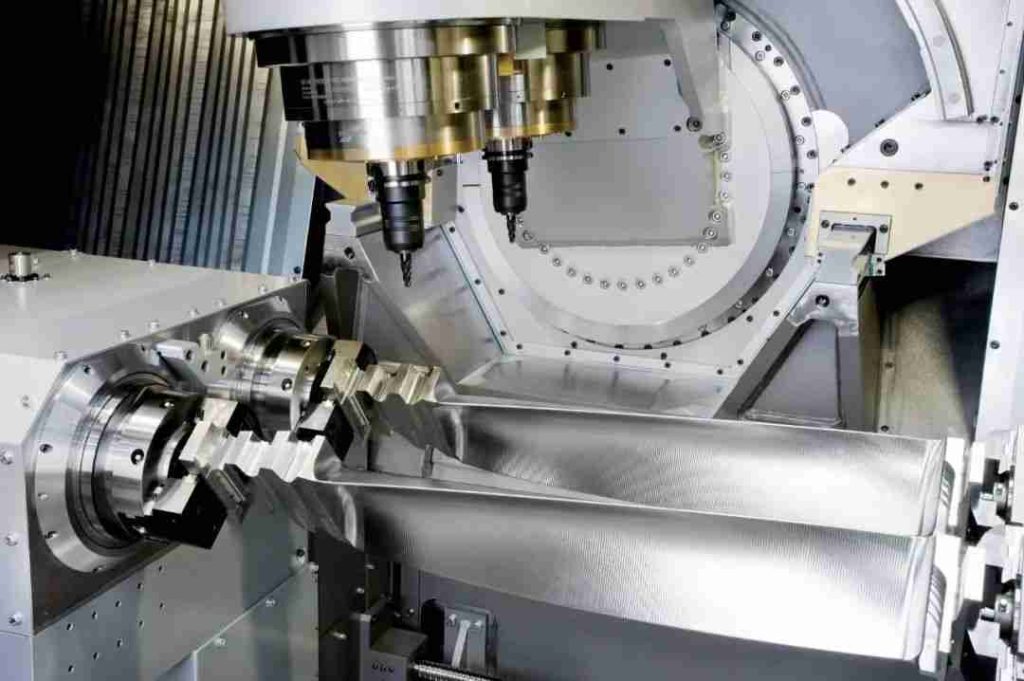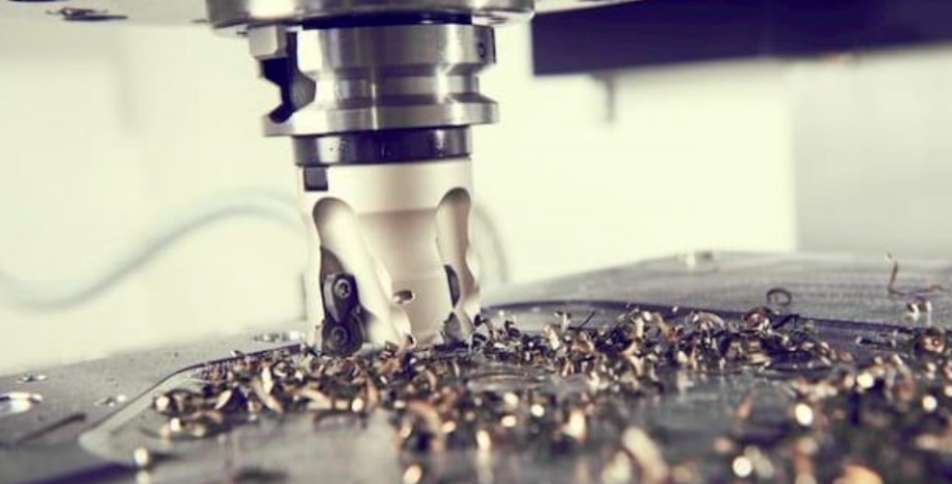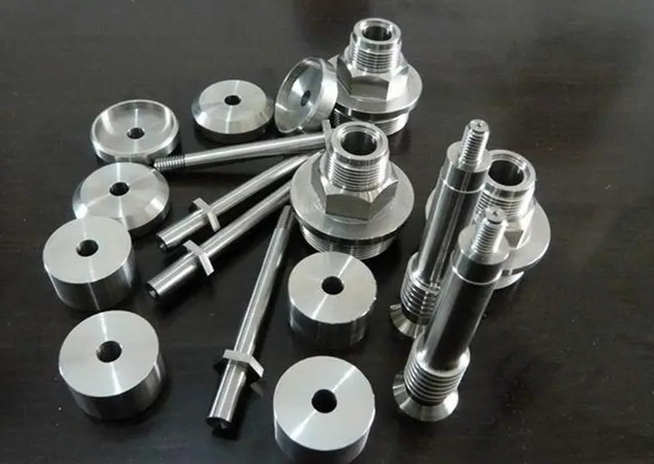In the world of manufacturing, the choice of the right production method can make all the difference between success and failure. Two prominent methods, casting and machining, have long been at the forefront of manufacturing processes, each offering its unique strengths and limitations. Selecting between these two methods requires a careful analysis of project requirements, material considerations, and production volumes. In this article, we will delve into the world of casting and machining, comparing their attributes to help you make an informed decision when choosing the right manufacturing process.
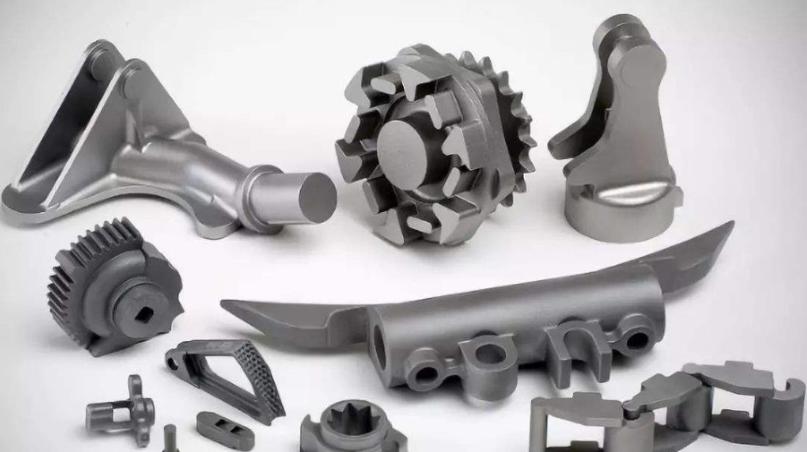
The Art of Casting
Casting is an ancient manufacturing technique that involves pouring molten material into a mold, allowing it to solidify and take the desired shape. This method’s hallmark advantage is its ability to produce complex shapes that might be difficult or even impossible to achieve through other means. This is especially useful in industries such as automotive, aerospace, and art where intricate designs are often required. Casting’s cost-effectiveness shines when it comes to producing large quantities of parts, making it a go-to choice for mass production scenarios. Here let’s explore the process, advantages, and disadvantages of casting.
What is the Process of Casting?
- Pattern Creation: The process begins with the creation of a pattern, which is a replica of the final part. Patterns can be made from wood, plastic, or metal.
- Mold Creation: The pattern is used to create a mold, usually made of sand, plaster, or metal. The mold is created in two halves to allow for the removal of the pattern.
- Mold Assembly: The two halves of the mold are joined, and a gating system is added. This system allows molten material to flow into the mold and any gases to escape.
- Melting and Pouring: The chosen material, often metal or alloys, is melted in a furnace. Once molten, it is poured into the mold through the gating system.
- Solidification and Cooling: The molten material takes the shape of the mold as it solidifies. Cooling rates and methods can influence the material’s microstructure and properties.
- Mold Removal: After the material solidifies and cools, the mold is opened, and the casting is removed. Excess material, such as runners and risers, is trimmed off.
- Finishing: Castings might require additional finishing processes, such as machining, grinding, or surface treatment, to achieve the desired final appearance and dimensions.

What are the Pros and Cons of Casting?
This table summarizes the most common advantages and disadvantages of the casting process for fabricators.
| Pros of Casting | Cons of Casting |
| Complex Geometry: Casting excels at producing intricate and complex shapes. | Surface Finish and Dimensional Accuracy: Achieving precise surface finishes and tight dimensional tolerances can be challenging. |
| Cost-Effectiveness: Casting is cost-effective for large production quantities due to reduced labor and tooling costs. | Porosity and Defects: Porosity and defects can affect mechanical properties, making castings unsuitable for critical applications. |
| Material Versatility: Casting accommodates a wide range of materials, including metals, alloys, plastics, and ceramics. | Limited Material Properties: Casting is constrained by materials that can be melted and poured. Some materials may not be suitable. |
| Size Variety: Casting can produce both small components and large industrial parts. | Time-Consuming Setup: Creating molds can be time-consuming, and initial setup costs can be relatively high. |
| Reduced Waste: The casting process minimizes material wastage as the mold contains material during solidification. | Size Constraints: Extremely large or complex parts might be challenging to cast uniformly without defects. |
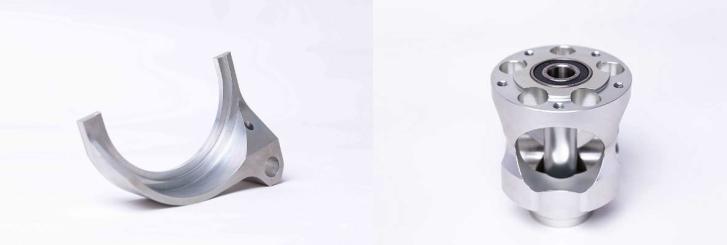
The Precision of Machining
Machining, on the other hand, is a subtractive manufacturing process where material is removed from a workpiece to achieve the desired shape. This method is synonymous with precision and accuracy, making it a staple in industries where tight tolerances are essential, such as aerospace and medical devices. Machining can achieve exceptional surface finishes, which is crucial in applications that require minimal friction, like precision gears or sealing components. Here let’s explore the process, advantages, and disadvantages of CNC Machining.
What are the Processes of CNC Machining?
- Design and Programming: The process begins with designing the part using computer-aided design (CAD) software. The design is then converted into a computer program that guides the CNC machine’s movements.
- Material Loading: The chosen material, often metals, plastics, or composites, is loaded onto the CNC machine’s work table.
- Tool Selection: Different cutting tools are selected based on the part’s design and material properties. These tools include drills, end mills, and lathes.
- Machining: The CNC machine follows the programmed instructions to move the cutting tools across the workpiece, removing material to achieve the desired shape and dimensions.
- Cooling and Lubrication: Coolants and lubricants are often used during machining to dissipate heat, reduce friction, and prolong tool life.
- Quality Control: Precision measuring instruments are used to ensure that the finished part meets the specified tolerances and dimensions.
- Finishing: Depending on the requirements, additional processes like polishing, deburring, or surface treatment may be performed to achieve the desired final appearance and properties.
What are the Pros and Cons of CNC Machining?
This table summarizes the most common advantages and disadvantages of the CNC Machining process for fabricators.
| Advantages of CNC Machining | Limitations of CNC Machining |
| Precision and Accuracy: CNC machining offers exceptional precision and tight tolerances. | Cost for Complex Geometries: Creating complex parts can be time-consuming and costly. |
| Superior Surface Finish: CNC machining can achieve high-quality surface finishes. | Material Removal Efficiency: Inefficient for parts requiring high material removal, leading to longer production times. |
| Material Versatility: CNC machines work with a wide range of materials, including metals, plastics, and composites. | Size Constraints: Limited by the dimensions of the CNC machine’s worktable. |
| Repeatability: CNC programs can be saved and reused, ensuring consistent quality. | Tool Wear: Cutting tools can wear out over time, requiring replacements. |
| Complex Geometries: CNC machining can create intricate and complex shapes. | Initial Setup: Programming and setting up the CNC machine can be complex and time-consuming. |
| Minimal Material Waste: CNC machining generates minimal material waste compared to other methods. | Expertise Required: Skilled operators and programmers are needed to ensure optimal results. |
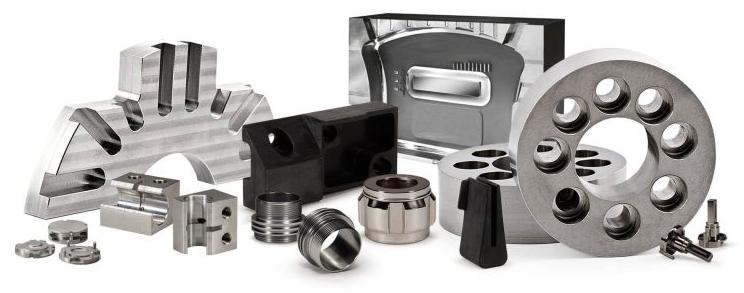
Casting vs. Machining: How to Choose? Here are 10 Considerations
The decision to choose between casting and machining as a manufacturing process depends on several critical factors that impact the overall feasibility, cost-effectiveness, quality, and functionality of the final product. Here are the key factors influencing the choice between casting and machining:
- Complexity of Design: The complexity of the part’s design plays a significant role. Casting is better suited for intricate and complex shapes that might be challenging to achieve through machining. If the design requires intricate contours, internal cavities, or complex geometries, casting might be the preferred choice.
- Material Selection: The type of material needed for the part is crucial. Casting can accommodate a wide range of materials, including metals, plastics, and ceramics. If the desired material is challenging to machine, expensive, or available only in a castable form, casting might be more suitable.
- Quantity of Production: The production volume required can influence the choice between casting and machining. For large-scale production, casting is often more cost-effective due to the economies of scale, while machining might be more appropriate for smaller quantities or prototypes.
- Tolerances and Precision: The required tolerances and precision of the final part are essential considerations. Machining offers superior precision and tight tolerances compared to casting. If the part demands high accuracy, consistent dimensions, and tight tolerances, machining is often the better option.
- Time and Lead Time: The time available for production and lead time considerations are critical. Casting might require the creation of molds, which can lead to longer lead times initially. Machining, on the other hand, can have shorter lead times for producing parts once the programming is complete.
- Cost Considerations: The overall cost, including material costs, tooling costs, setup costs, and labor costs, influences the decision. Casting can be more cost-effective for large quantities due to reduced labor and tooling expenses, while machining might have higher upfront tooling costs.
- Surface Finish and Aesthetics: If the final product requires a specific surface finish, texture, or appearance, machining can often achieve superior results. Machined parts generally have smoother surfaces and more consistent finishes compared to cast parts.
- Material Properties: Consider the mechanical properties required for the part. Casting might result in variations in material properties due to cooling rates and potential defects, while machining maintains material consistency.
- Environmental Impact: Sustainability considerations are becoming more important. Casting generates less material waste, but machining can be more energy-efficient due to its subtractive nature. The environmental impact of each process should be evaluated.
- Expertise and Facilities: The availability of skilled personnel and appropriate facilities for casting or machining can influence the choice. Machining might require highly trained operators and programmers, while casting requires expertise in mold creation and metal casting processes.
Making the Decision
The decision between casting and machining is not always clear-cut and may require a combination of both methods. In some cases, a hybrid approach that involves casting a rough shape and then machining it to achieve the desired dimensions and finish could be the optimal solution. This can provide the best of both worlds: the complexity of casting and the precision of machining.
Real-world examples showcase the thought process behind choosing one method over the other. In the production of automotive engine blocks, casting might be favored due to the need for intricate cooling passages and intricate geometries. On the other hand, in aerospace, where precision and weight reduction are paramount, machining might be the preferred choice for critical components.
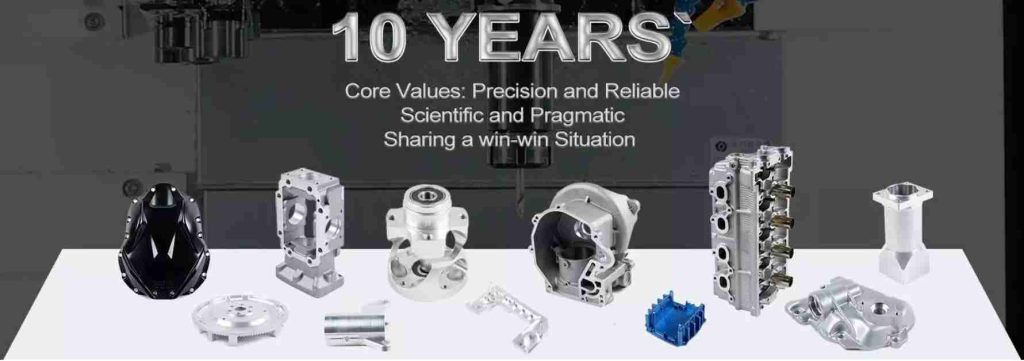
Looking to the Future
As technology advances, both casting and machining are evolving to meet new demands. Casting processes are becoming more sophisticated, addressing issues like porosity and surface finish through improved techniques and materials. Machining is benefiting from automation and computer numerical control (CNC), enabling faster production times and increased precision.
Furthermore, sustainability is becoming an integral consideration. Both casting and machining can have environmental impacts, but advancements in recycling, waste reduction, and cleaner energy sources are helping to mitigate these effects.
In conclusion, the choice between casting and machining boils down to understanding your project’s specific needs. A thorough evaluation of design requirements, material considerations, production volumes, and cost factors is essential for making an informed decision. In some cases, a hybrid approach might be the most suitable, leveraging the strengths of both methods. If you have no decision, it is a pleasure for us to give you some advice, please feel free to contact us. As technology and sustainable practices continue to evolve, the manufacturing landscape will undoubtedly witness further advancements in both casting and machining processes.


